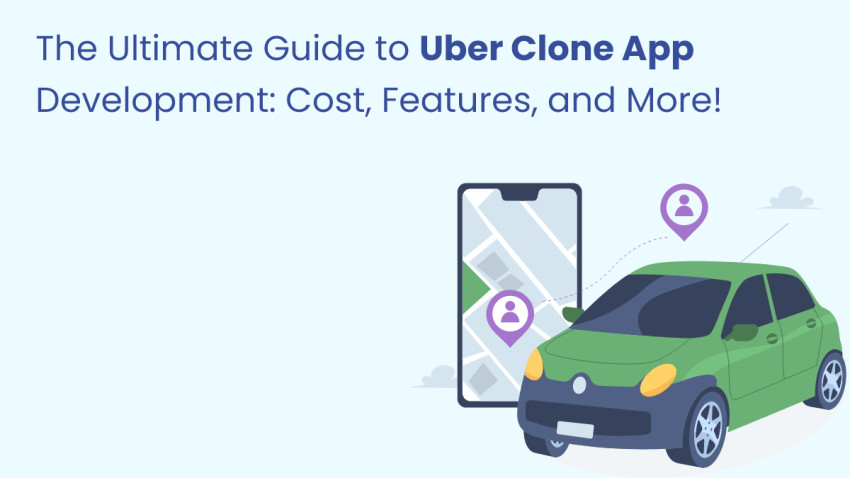
Introduction to Uber Clone App Development
In recent years, the rise of ride-sharing has transformed the transport industry. One of the leading companies in this area is Uber, which has changed how people travel by offering an effective and efficient platform connecting drivers and passengers. Uber's growth has inspired numerous entrepreneurs to create their ride-sharing applications.
Understanding the Concept Behind Uber Clone Apps
Uber Clone app are duplicates of the Uber platform. They were made to provide similar services across different locations or include added features. The apps offer a user-friendly interface to allow riders to request rides and drivers to accept rides. The idea behind these apps is to provide an effortless experience for drivers and riders, much like the original Uber application. With Uber's help, entrepreneurs can profit from the increasing need for ride-sharing while adapting the app to the specific market they are targeting.
Essential Features of a Highly Profitable Uber Clone App
It is crucial to include the most essential features of the ride experience to create an efficient Uber duplicate application. It includes:
- User registration: Users must be able to sign up for an account using their email or other social media login.
- Ride booking: The application should permit users to book a ride simply by indicating their pick-up and drop-off points.
- Real-Time Tracking: Users can track their driver's exact whereabouts at any time in the real world.
- Payment Integration: The app should offer secure and convenient payment options, like debit or credit card and mobile wallet integration.
- Driver management: The app should provide a method for registration of drivers, verification, and management, as well as reviews and ratings for drivers.
- Ratings and Reviews: Users are expected to be able to review and rate their experience on the road, giving valuable feedback to drivers and improving the overall service quality.
- Notifications: The app will send push notifications to drivers to keep them up-to-date on ride status, promotions, and other important information.
Step-By-Step Instructions for Developing the Uber Clone App
Making an Uber duplicate app entails many steps, each requiring meticulous preparation and implementation. This step-by-step guide will help you to help you understand the development process for your app:
- Define requirements: clearly define the requirements and functions of your app, bearing in mind your target user and market study.
- Designs and prototyping: Make wireframes and prototypes showing the user interface and user experience. Ask for feedback from potential users to refine and improve the layout.
- Backend design: Develop the backend infrastructure, which includes the database, server, and APIs for communicating between the application and the backend server.
- Frontend development: Create the user interface and design the application's front end, ensuring seamless interactions with users and smooth navigation.
- Integration and testing: Integration and Testing: Integrate the frontend and backend components. Then, thorough testing will be conducted to find and resolve any issues or bugs.
- Deployment: Install the app on the relevant app stores, such as those on the Apple App Store and Google Play Store, according to the guidelines and procedures for each.
- After-launch support: Provide continuous support, maintenance, and updates to ensure seamless operation and user satisfaction.
Conclusion
Creating an Uber clone app could be lucrative for entrepreneurs who wish to profit from the increasing demand for ride-sharing. With the right planning, implementation, and conformity to industry standards, an Uber app that is a clone of Uber can provide an efficient and smooth platform for passengers and drivers, which creates a win-win for everyone who is part of the ride-sharing system.




